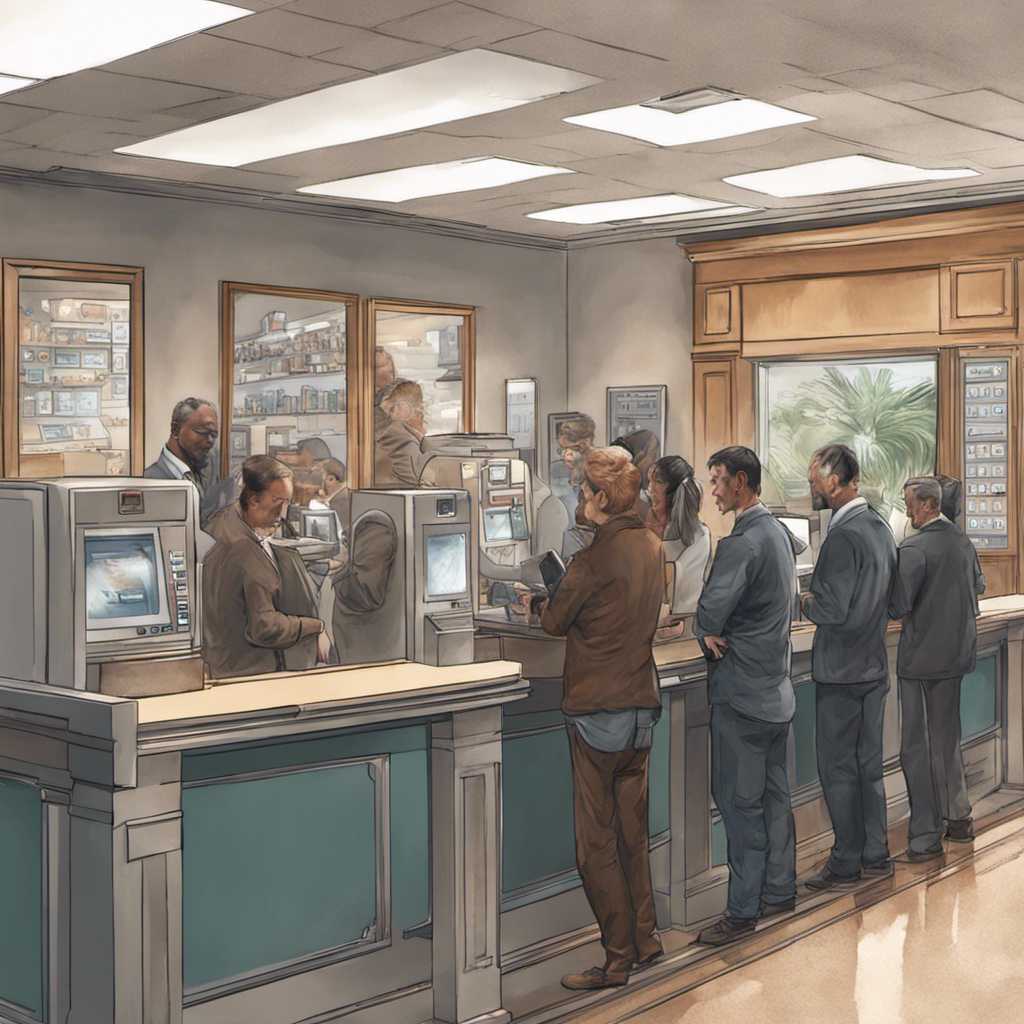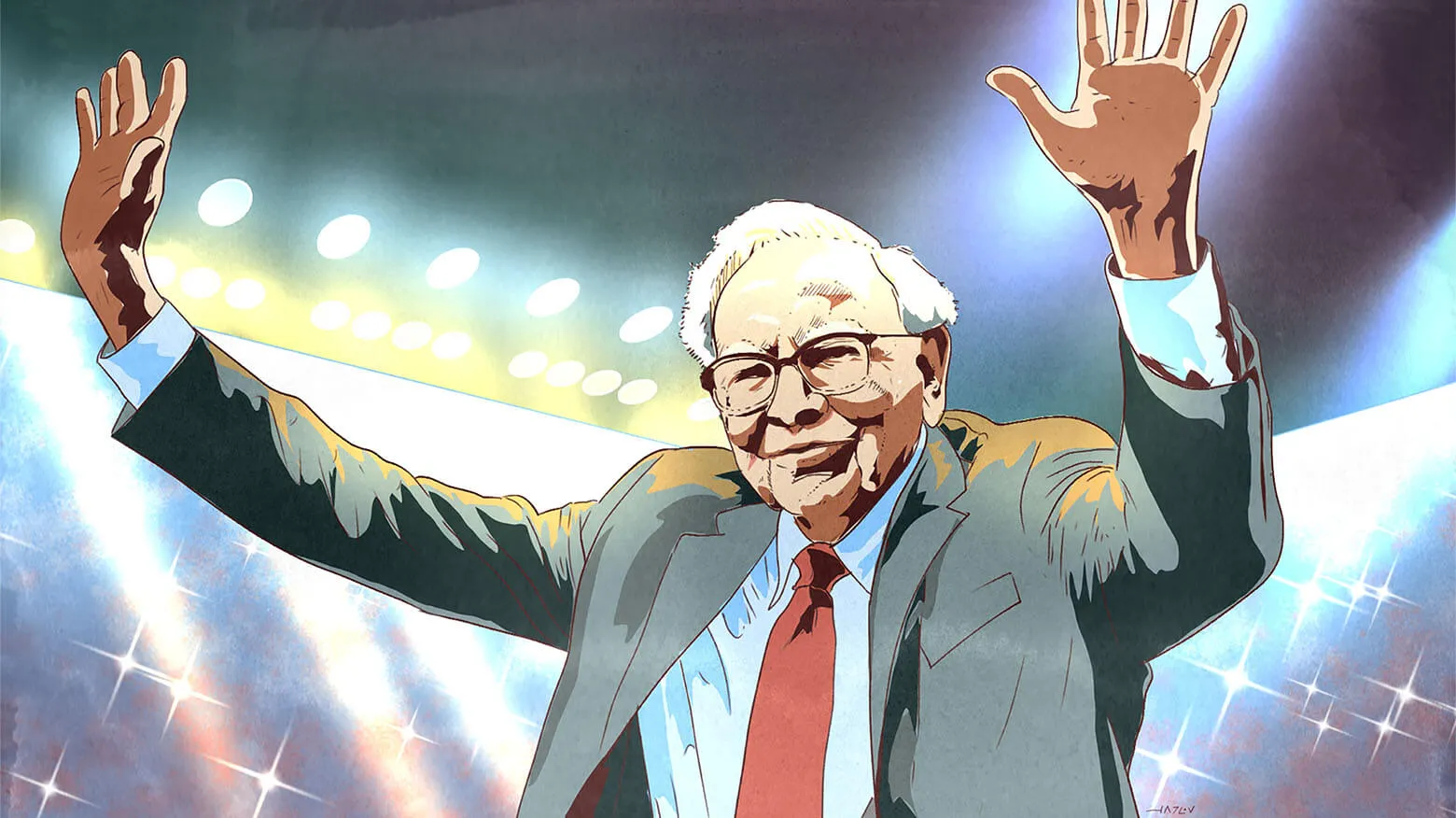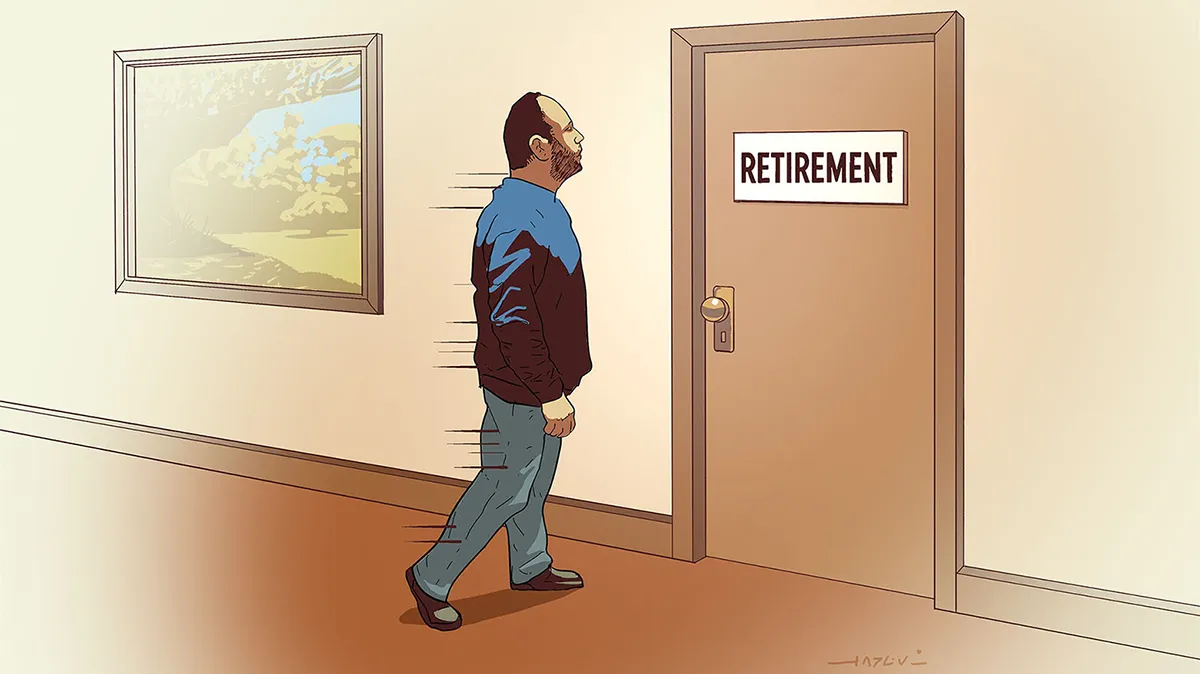One nice thing about owning US Bancorp (NYSE: USB) is that you know you won’t blow up when it reports earnings. Unlike other money-center banks such as JPMorgan Chase (NYSE: JPM) and Citigroup (NYSE: C), it won’t make dumb loans to a risky country, nor will it be involved in a hedge-fund trade that went bad, nor will it grow through making large acquisitions. It is not that kind of company.
As expected, the third quarter was not exciting. It’s hard to analyze the company’s performance without diving into a series of glass-half-empty and glass-half-full arguments. So I’ll do just that.
Half full: Earnings per share rose 6.5% over the third quarter of 2005 — not bad, considering the stock is yielding 3.8%.
Half empty: Half of the EPS growth came from stock buybacks.
Half full: The rate of decline in net interest margin has been decelerating and likely will come to a halt if or when the Federal Reserve stops raising short-term rates.
Half empty: The net interest margin declined further, from 3.95% last year to 3.56% in the current quarter. Though loans have grown by 5.6%, average deposits shrank by 0.8%. To make things worse, non-interest-bearing deposits declined 4.8% as customers fled to accounts that paid higher interest. That further contributed to an increase in cost of capital.
Half full: This quarter demonstrated the tremendous value of the fee side of the business, which accounts for about half of the company’s profitability. Fee revenues grew 15% on an organic basis — very impressive!
So which is it?
The fee business is firing on all cylinders. But in the lending business, half is working (i.e., assets are growing) but the other half is temporarily broken (i.e., deposits are shrinking and the net interest margin is contracting).
This is where my “half-full” personality takes over. I’m not sure what could stop the deposit shrinkage, but stabilizing short-term rates should definitely help to stop the bleeding in the net interest margin. Once the contraction there stops, the net income will start growing nicely because the loan portfolio is growing. Banks have a tremendous operational leverage in that costs grow at a slower rate than revenues. Even a mild resumption of net interest income growth should help the company to substantially accelerate EPS growth.
US Bancorp is trading at about 13 times earnings, so it’s not screaming “cheap.” But it’s not expensive, either. However, any expansion in margins, if achieved on top of growing loans, should send earnings growth into the double digits, and earnings estimates should face upward revisions.
This is one of the best-managed large-size banks, it has one of the lowest cost structures in the industry, and it has been very conservative with its lending practices. Though it does have an exposure to home equity loans — which I believe is a riskier business than most people believe — it is a relatively small part of its overall loan book.
One final word from the half-empty side: A significant slowdown in the economy is not good for any bank, including US Bancorp, as loan growth declines or turns negative and bad debts increase. Though I expect US Bancorp to fare better than most banks, it is not immune from troubles.









0 comments
0